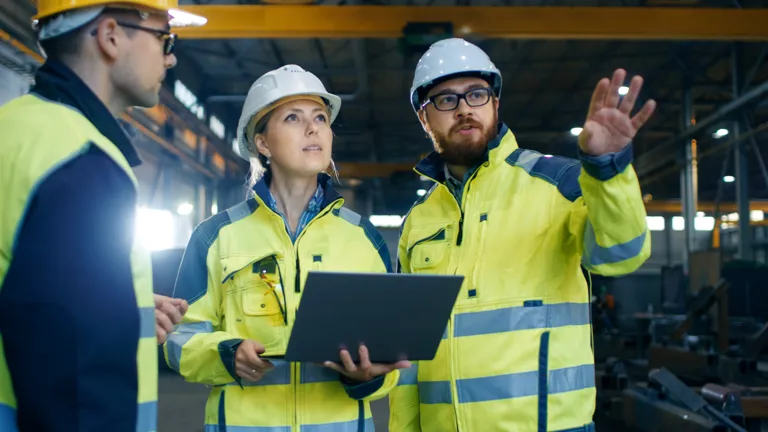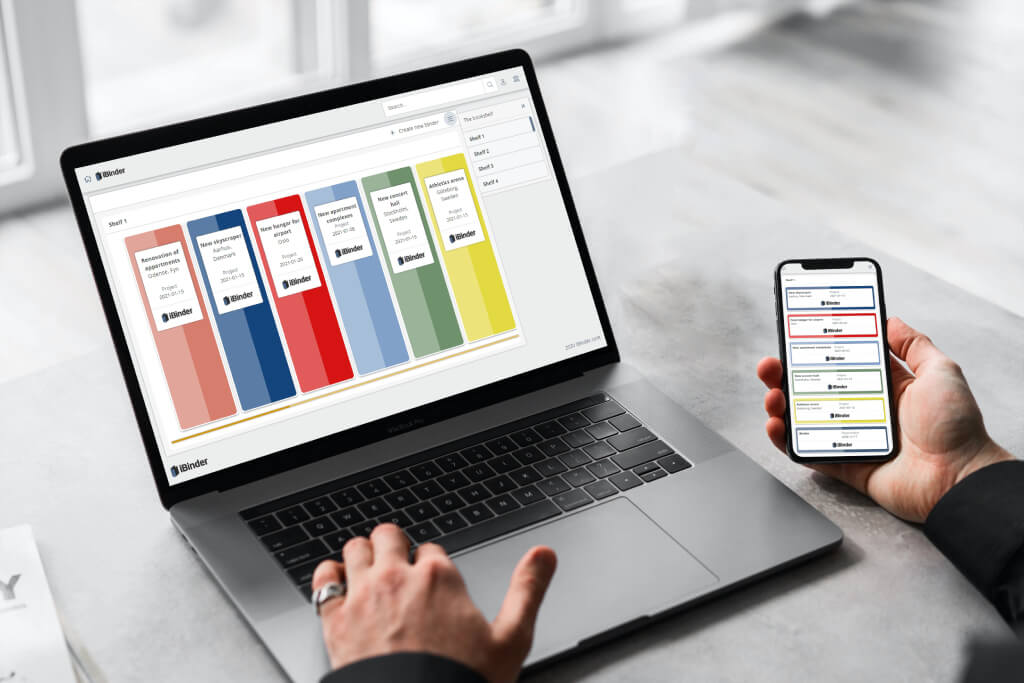Improving team collaboration in construction projects
Construction projects are mostly highly complex, involving a wide array of stakeholders—from architects and engineers to contractors, inspectors, and owners. While each plays a vital role, the lack of integrated communication and collaboration among these parties often leads to errors, delays, and budget overruns.

Miscommunication and poor project data account for an estimated 52% of rework on construction projects, according to the Construction Industry Institute.
The cost of siloed workflows
Information silos in construction projects show themselves in several ways:
- Teams using different software systems that don’t talk to each other
- Stakeholders unaware of document updates or specification changes
- Communication spread across emails, phone calls, and paper notes
- Inconsistent documentation and unclear responsibilities
These issues create bottlenecks, misunderstandings, and in many cases, rework. A lack of visibility into real-time project status makes it difficult to manage expectations or identify risks early.
Why collaboration is mission-critical
Construction is a sequential process. A decision in the planning phase can have downstream effects on procurement, scheduling, and site execution. When stakeholders don’t collaborate effectively, the project suffers at every level.
Improved collaboration enables:
- Faster decision-making with shared access to real-time information
- More consistent compliance with project and regulatory requirements
- Smoother handovers between project phases and teams
- Greater accountability and reduced disputes
Digital collaboration platforms
Modern platforms can help to reduce risks and improve project workflows by allowing all stakeholders to:
- Access a central repository of up-to-date documents
- Receive automatic notifications of changes or required actions
- Provide feedback and approvals in one place
- Monitor progress through dashboards and reports
However, there are some barriers to consider, such as resistance to change from long-established ways of working, lack of training in new systems and fragmented IT environments and legacy systems. Overcoming these requires buy-in from management, structured onboarding, and tools that are intuitive and built with the construction user in mind. Changing how construction teams work together isn’t only about technology—it’s about culture. Leaders must create a project environment that values openness, mutual respect, and shared objectives.
Sources
- Construction Industry Institute: https://www.construction-institute.org/
- McKinsey Global Institute: https://www.mckinsey.com/industries/engineering-construction-and-building-materials/our-insights/reinventing-construction-through-a-productivity-revolution
A platform like iBinder strengthens collaboration through:
-
Centralised document sharing and real-time updates
-
Role-based access control to ensure the right people see the right information
-
Automatic version tracking and audit trails
-
In-app commenting and approval features to streamline decision-making
-
User-friendly design tailored for construction teams

How iBinder works
iBinder is a cloud-based platform that helps the construction and real estate industry better manage information and documentation about their properties.
